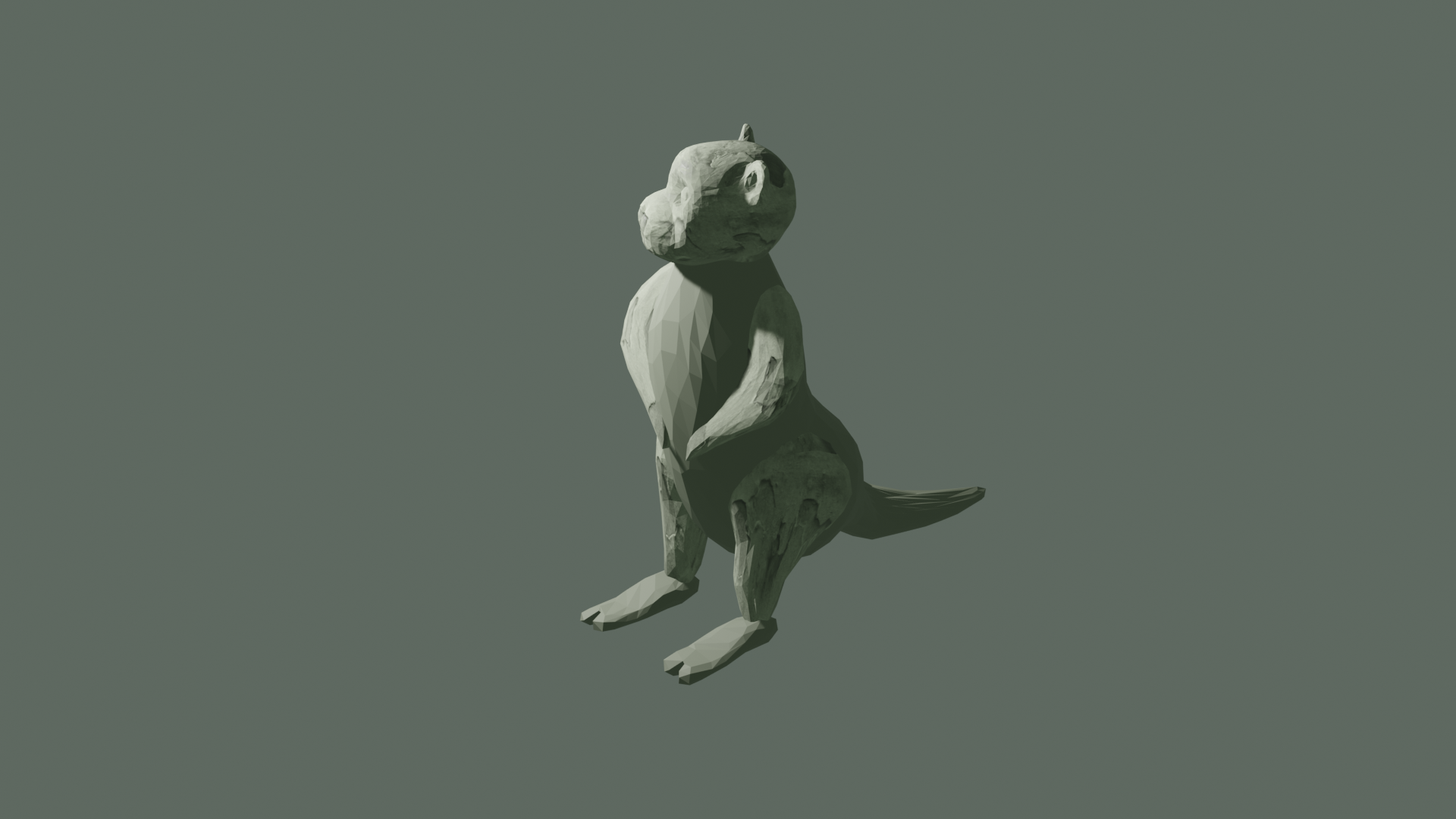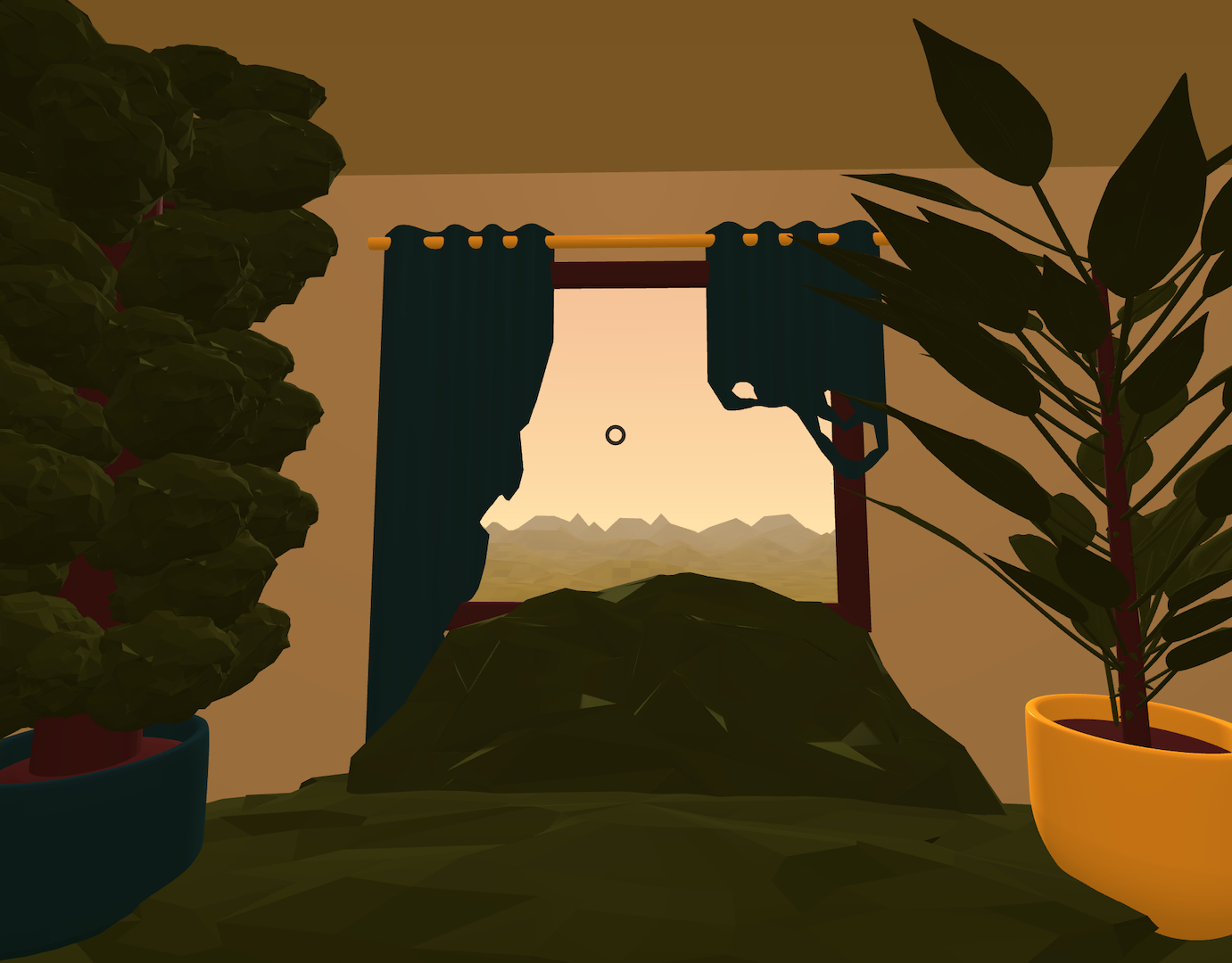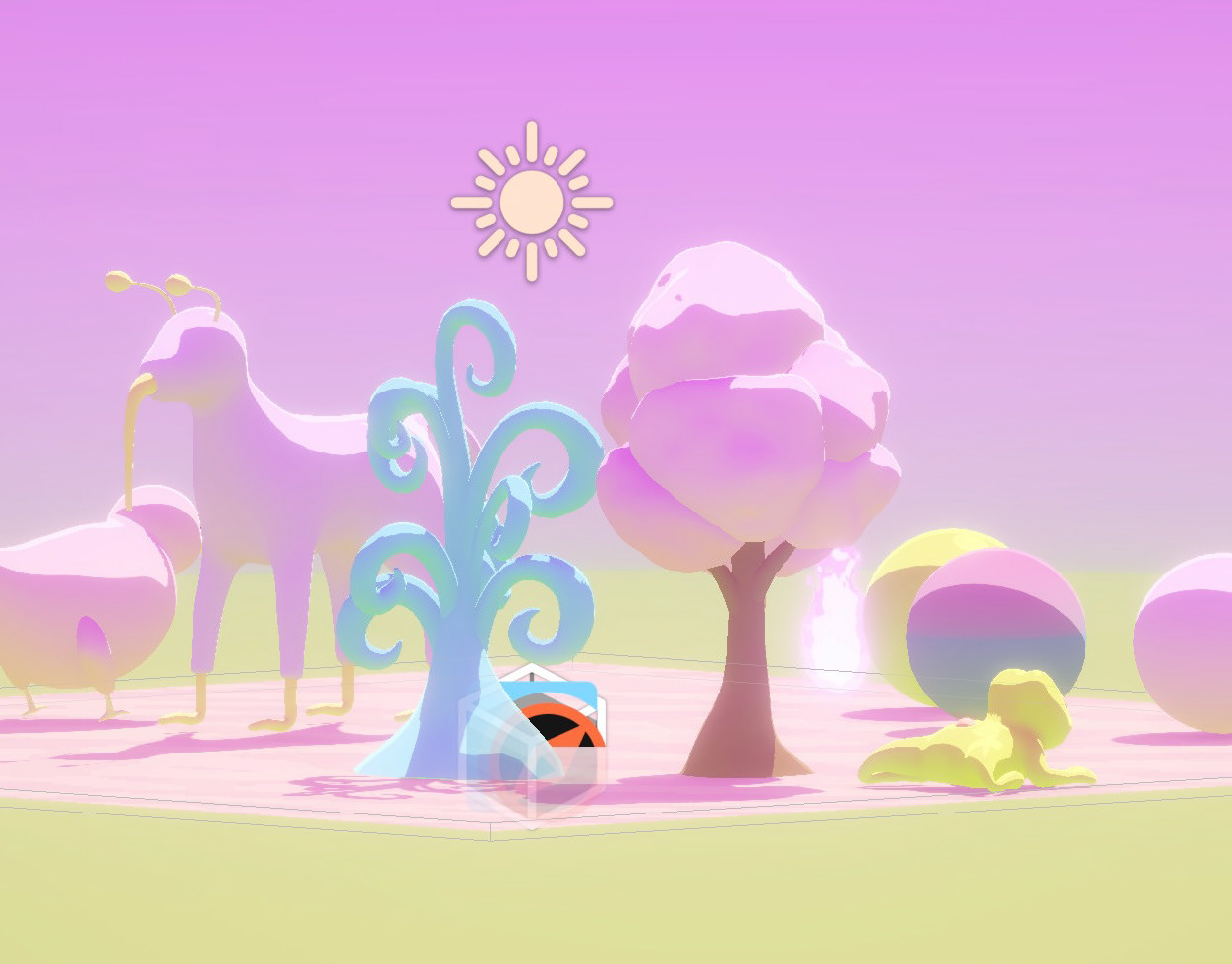Here is the video documentation for my second-year project, which I presented at the Bargehouse Gallery in the exhibition Ephemerence, the 2022 Digital Arts Computing Degree Show.
This project is an interactive, screen-based reimagining of a creation myth, but with a twist. Instead of the separation of matter, I’m presenting its entanglement as the reason for existence. This concept is based off Lynn Margulis’ Symbiogenesis Theory.
To achieve this, I combined graphic shaders and 3D models into a single, interactive openFrameworks project, and used the Kinect Sensor’s depth function to detect the audience’s movements. Their motions, both conscious and unconscious, change the 3D mesh displayed on the screen, representing a unified “primordial matter” of which all beings are made. At the same time, the gestures of audience create and destroy “chimeras,” hybrid beings which represent the connections and cooperation between distinct creatures of Earth which make life possible.

Chimera Model

Chimera Model

Chimera Model
Here are the three different models of chimeras which I used in the project. Each model has two different animations — one for its creation and another for its destruction. They were created using Nomad Sculpt (a 3D sculpting app for iPad) and animated using Blender. To load them into the project, I used the openFrameworks addon called ofxAssimpModelLoader.
Here is a test-run of the destruction animation of one of the chimeras. To create the explosion effect, I used the Blender cell fracture addon and a spherical force that separated the broken pieces of the models.
This is a test-run of the custom vertex and fragment shaders I created. They draw a collection of 2-dimensional metaballs, which are particles that simulate a fluid interaction, blending together into an organic-looking mesh. These metaballs move following the viewers' motions. In this test-run, the Kinect interaction was substituted by the mouse's position on the screen.


